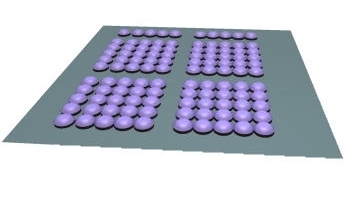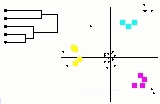|
M-CHIPS home
FAQs
UNIX
Questions, comments, contributions?
|
 Administrator's corner Administrator's corner
Multi-Conditional Hybridization Intensity Processing
System
Microarray Data Warehousing and Analysis
 
This is a collection of tips and tricks for the M-CHiPS administrator (to
be), ordered by when you may need them:
- First and foremost: Don't do it! While both
using and
developing a system for
microarray data interpretation is good fun, the administrator will be
confronted with all sorts of catastrophes. Ranging from accidentally
deleted experiments to scanning 70 slides upside-down (no, I'm not joking
and yes, imaging software affiliated wrong IDs to each single gene). Users
will drive you mad. Ok, assuming that you already know your lads and that you are at
home with Unix and scripting (or maybe you just need the money):
- The calculation server will come to you as a ready-to-use
virtual machine. I strongly recommend to use it instead of installing
everything yourself. The difference in performance is neglectable on
reasonably new machines. In general, all it takes for the analysis of
average-sized
microarray data sets are 4 Gb of memory. Computing time is not an issue.
- For the database server use a transaction-based DBMS such as
Oracle or Postgres. If you're not an Oracle wizard, use Postgres! It will be
fine for any number of hybridizations, also for large facilities.
- Let it have raid5.
- Tape-backup nightly (raid systems can burn).
- SQL-dump each database nightly (you can't put the whole system to
yesterday's version just because someone accidentally deleted an
experiment).
- See to it that above two cronjobs don't run simultaneously, if
possible. Start the postgres sever with .. (in case they do).
|
 Administrator's corner
Administrator's corner
